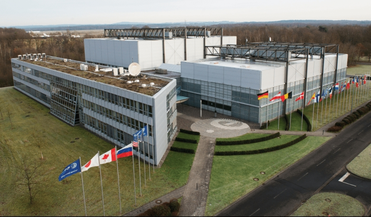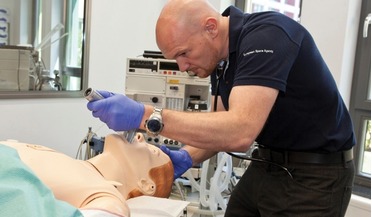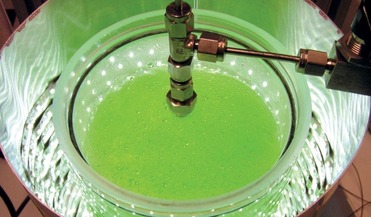 08 May 2019
Tests start on first design of 'wafer scale' spacecraft
08 May 2019
Tests start on first design of 'wafer scale' spacecraft
..., this is not the end for this blossoming box technology that is just beginning to see its debut in deep space missions. Once perfected, these wafercrafts could then be mass manufactured at an incredibly low cost and packed into CubeSats...
 February 2018
European centre shifts emphasis to deep space missions
February 2018
European centre shifts emphasis to deep space missions
... beyond the ISS and low Earth orbit (LEO) operations, and is actively developing collaborative programmes related to deep space exploration missions. EAC is Neutral Buoyancy Facility hall includes a water tank, mock-ups, and scuba diving equipment...
 November 2016
Emergency dental treatment on way to Mars
November 2016
Emergency dental treatment on way to Mars
...is anticipated that dental emergencies will occur during long-duration missions to the Moon, asteroids and Mars. In stark contrast to Earth orbital spaceflight, such deep space missions will not allow easy repatriation of a sick or badly injured crew...
 July 2018
Using algae to support astronauts on deep space missions
July 2018
Using algae to support astronauts on deep space missions
... the origin of spaceflight. However, for the early space missions that only lasted a maximum of several days, a ...relevant environments such as the International Space Station or NASA’s proposed Deep Space Gateway. Below: Experimental algae monitoring...
 April 2020
Protecting against the dangers of space radiation
April 2020
Protecting against the dangers of space radiation
...and, with a host of long term and deep space missions being actively planned and developed, it is becoming... 300 times higher than on Earth, and perhaps even higher during deep space missions to Mars. Returning from Mars we might even be faced with ...
 January 2021
Taking out the trash in space
January 2021
Taking out the trash in space
... and it becomes an even bigger issue. Rigorous housekeeping to ensure crews remain safe and healthy on future deep space missions will be of paramount importance and one of the less glamorous challenges not often talked about is how to handle ...